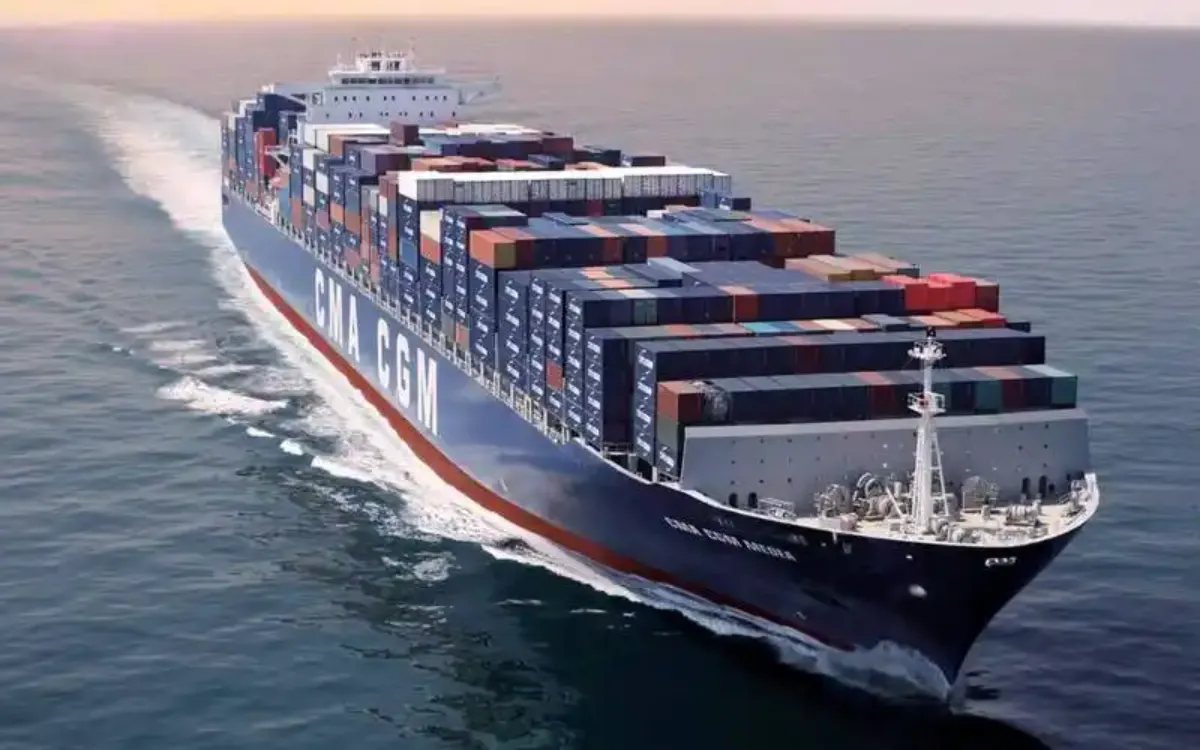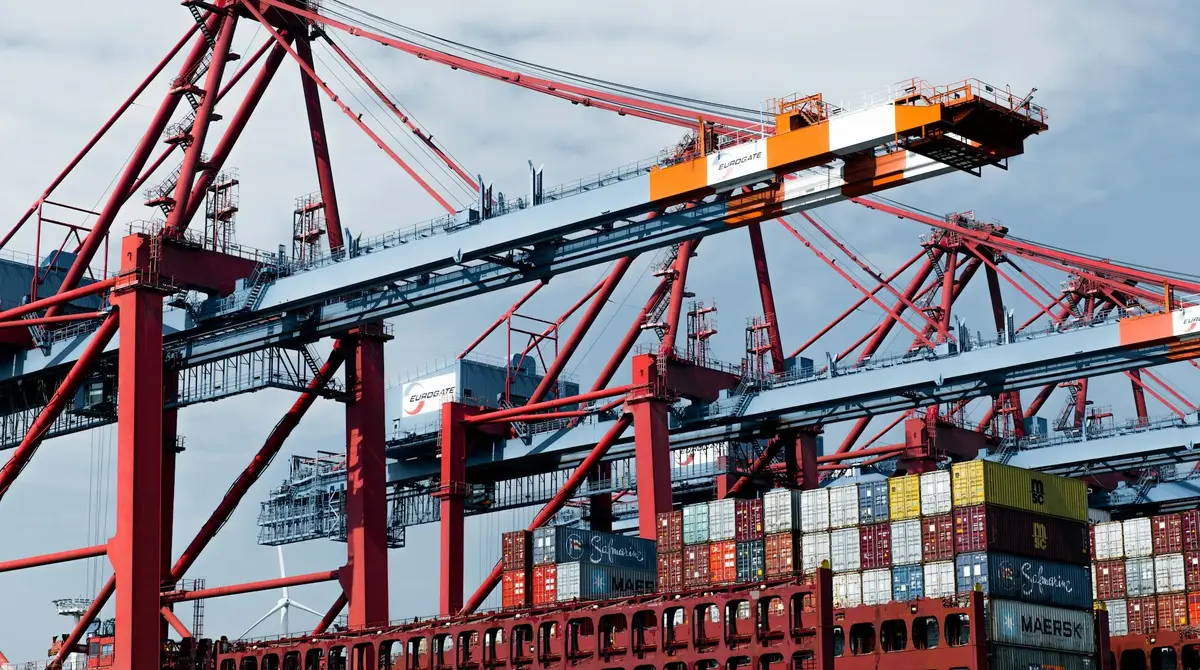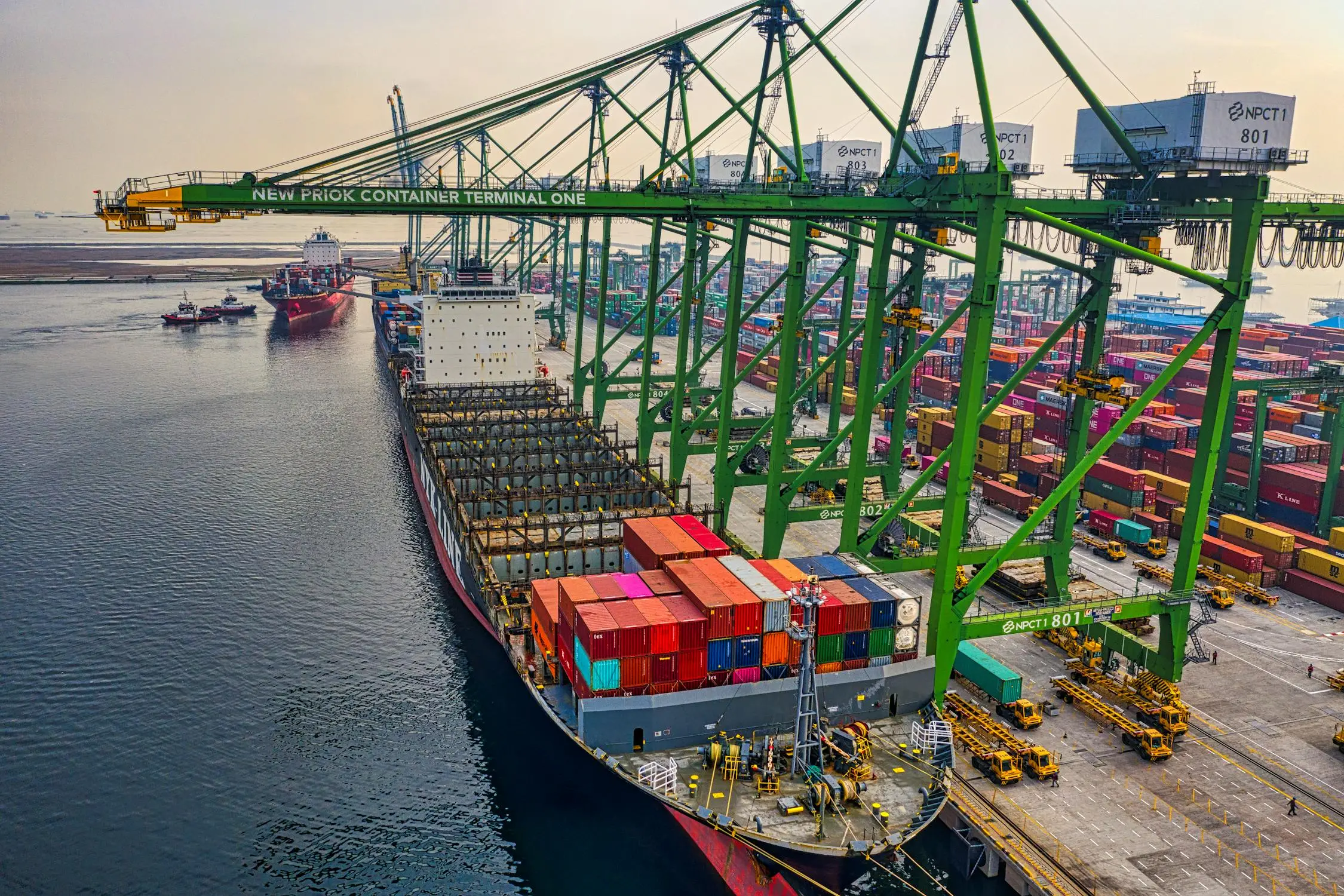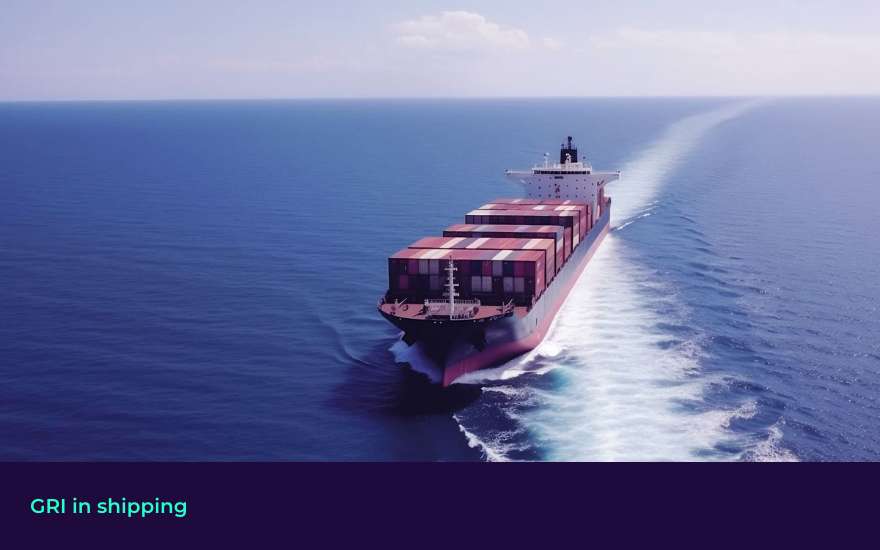
In the complex world of ocean freight, understanding various pricing mechanisms is crucial for shippers and logistics professionals. One such important concept is GRI, or General Rate Increase. This article delves into the intricacies of GRI, its impact on shipping costs, and its role in the broader context of ocean freight pricing.
1. What is GRI?
GRI stands for General Rate Increase. It is a pricing adjustment mechanism used by ocean carriers to increase their base freight rates across specific trade routes or globally. GRIs are typically announced in advance and implemented on a specific date.
1.1 Key Features of GRI
Applied to base freight rates
Usually announced 30 days in advance
Can be applied to all or specific trade lanes
May vary by container type or size
Not always fully implemented due to market conditions
2. Purpose of GRI
The primary purposes of implementing GRIs include:
Offsetting rising operational costs
Adjusting rates to market conditions
Maintaining profitability for carriers
Balancing supply and demand in shipping capacity
3. How GRI Works
The process of implementing a GRI typically follows these steps:
Announcement: Carriers announce the GRI, usually 30 days before implementation.
Amount Specification: The GRI amount is specified, often on a per-container basis.
Implementation Date: A specific date is set for the GRI to take effect.
Market Reaction: The market may accept, partially accept, or reject the GRI based on various factors.
Actual Implementation: The GRI may be fully, partially, or not implemented depending on market conditions.
4. Factors Influencing GRI
Several factors can influence the frequency and magnitude of GRIs:
Fuel costs
Supply and demand in shipping capacity
Economic conditions
Seasonal fluctuations
Geopolitical events
Regulatory changes
5. Impact of GRI on Shippers
GRIs can significantly impact shippers in several ways:
Increased shipping costs
Need for more frequent budget adjustments
Potential disruption to supply chain planning
Necessity for more strategic shipping decisions
6. Strategies for Managing GRI
Shippers can employ various strategies to manage the impact of GRIs:
Long-term contracts with carriers
Diversifying carrier options
Timing shipments to avoid peak GRI periods
Negotiating with carriers
Improving forecasting and planning
7. GRI vs. Other Rate Adjustments
It's important to distinguish GRI from other types of rate adjustments in ocean freight:
| Adjustment Type | Description |
|---|---|
| GRI (General Rate Increase) | Broad increase in base freight rates |
| PSS (Peak Season Surcharge) | Temporary surcharge during high-demand periods |
| BAF (Bunker Adjustment Factor) | Surcharge to account for fuel price fluctuations |
| EBS (Emergency Bunker Surcharge) | Surcharge for sudden, significant increases in fuel prices |
8. Future Trends in GRI
The future of GRI in ocean freight may be influenced by several trends:
Increased digitalization and transparency in pricing
More dynamic pricing models
Greater focus on sustainability and environmental factors
Potential regulatory changes affecting pricing practices
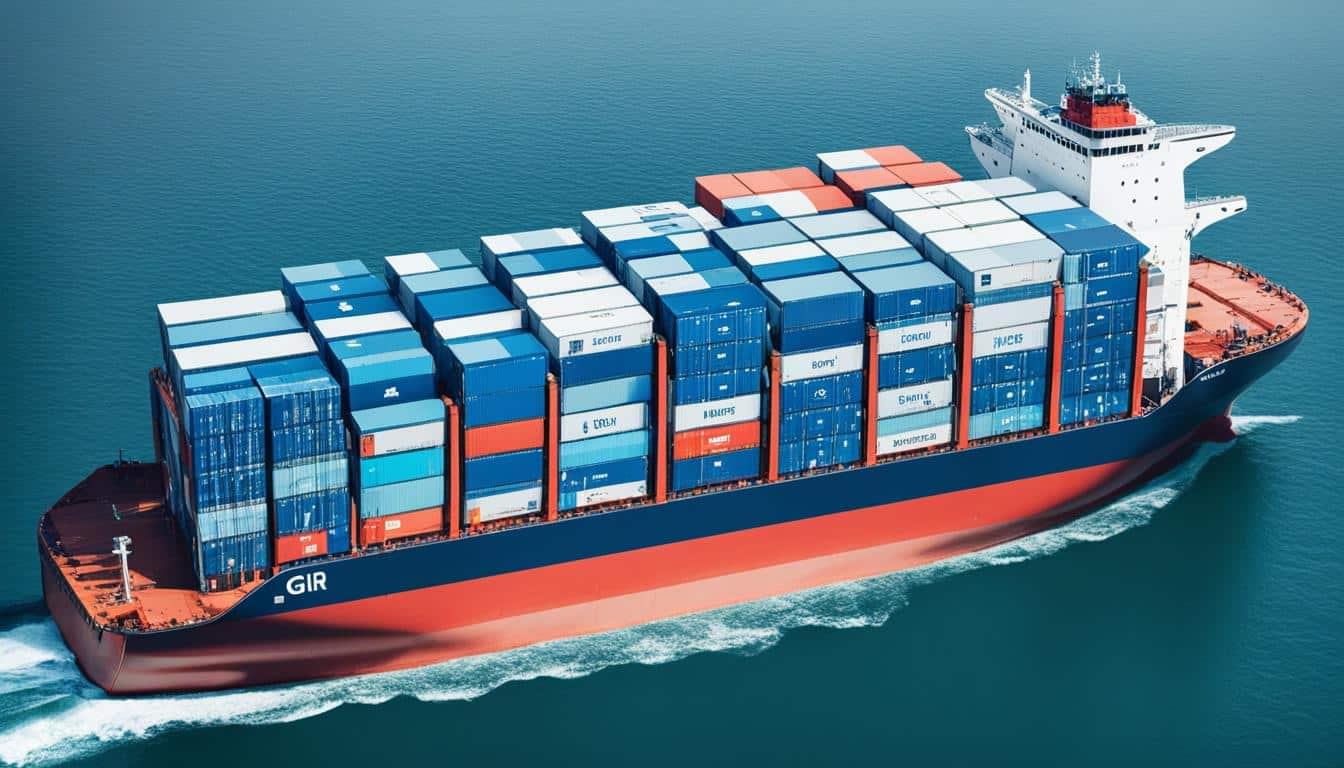
9. Conclusion
Understanding GRI is crucial for anyone involved in ocean freight shipping. While GRIs can present challenges in terms of cost management and planning, they are an integral part of the ocean freight industry's pricing mechanism. By staying informed about GRIs and implementing effective strategies to manage them, shippers can better navigate the complex waters of ocean freight pricing and maintain a competitive edge in global trade.
 Easy Shipping From Global, Save Cost
Easy Shipping From Global, Save Cost

